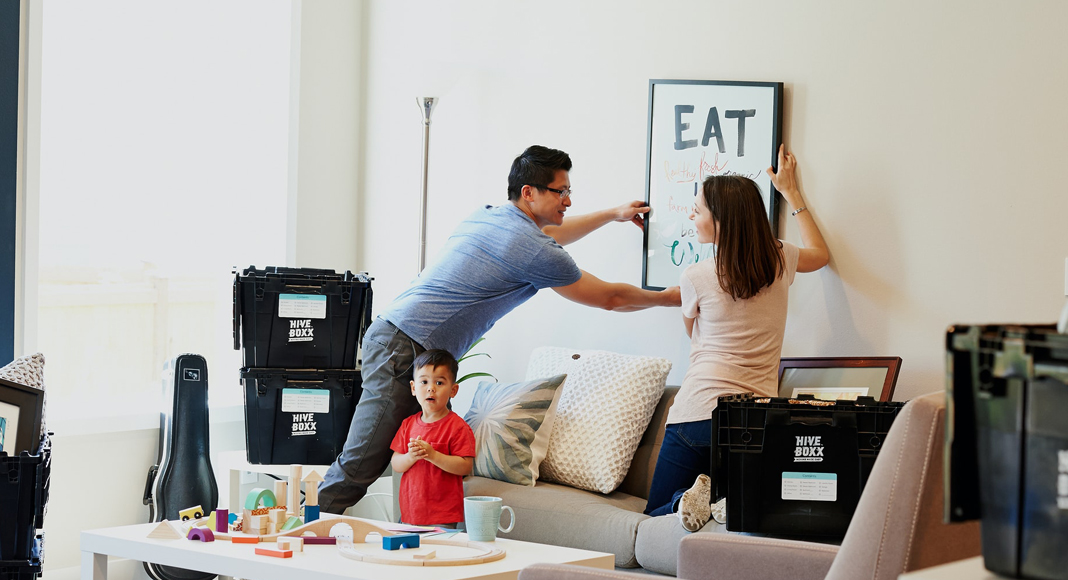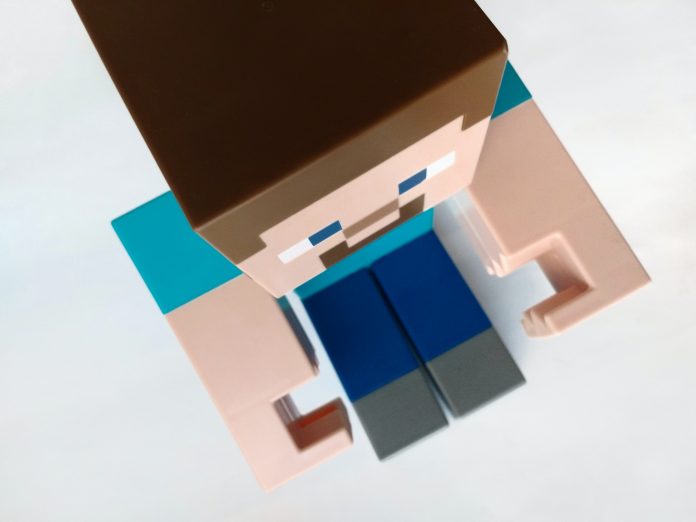I have always played video games. In our family, my two sisters and I were sandwiched between boy cousins with just a few other girls dotted in. Playdates with cousins involved hiding in the cupboard under the stairs playing the Super Nintendo, the N64, and any Gameboys we could get our hands on. I don’t honestly know if any of my cousins played a sport regularly. Their passion was always video games. We spent almost every weekend with our cousins, giving me a full dose of video gaming each Saturday and longing for the next weekend when my mom would go to Costco with the aunts and all of the uncles would lounge around letting us have free reign of the house. Classic 90s baby!
This has led me to play video games my entire life – even now. I have a Master’s Degree in education, teach the future generations of the world, raise my three kids, and I still play more video games than my husband. In fact, I am the one begging him to buy the next game for us to play when the kids go to bed.
And through it all, I have played Minecraft pretty consistently for about twelve years. Those nerdy (said with the most loving affection because I, too, recognize my nerd) cousins of mine found the game while it was still in development and I remember convincing my mom to pay a whopping $13 so I could buy it and play with them. It was still so new, she was terrified that it was a credit card scam.
I can feel the eye rolls coming from many a mother who is not into video games and wishes her sweet little nine-year-old would stop telling her all about creepers, and zombies, and the new house that they built. I get it! But my hope is to share some of the reasons why I think Minecraft is one of the better games that they could be playing.
(And as a side note, I am also that pesky mom that has a ton of electronic restrictions for her own kids, and I’m still advocating for Minecraft!)
First and foremost, Minecraft is a sandbox game. The term sandbox literally means that your child can play the game however they want. There is no set or defined goal of the game. Some children may play because they want to build a cool house. Others might be drawn to playing because they enjoy exploring. Some might love the idea of Redstone (circuitry/coding) in the game. There are so many ways to play that your child literally can be an engineer in one breath, an architect in the next, and a warrior/adventurer at the very next turn.
Secondly, I believe, as a person with a Master’s in education, that the intrinsic motivation of your child setting a goal and being able to achieve that goal through their own means and experimentation is amazing. There are no blueprints. Well, there are some blueprints that they could access online from creators if they wanted. But your child can problem-solve and experiment without much of the risk that regular experimentation requires. For the price of one Lego set, your child can literally build and design any structure in their imagination without having to purchase supplies, feel the permanence of a real object, or the fear of failure for something that cannot be changed later.
Believe it or not, most educators actually see Minecraft as an educational tool, and it doesn’t even sing the ABCs! (Although your child could program noteblocks to play the ABCs – entire songs if they wanted). Minecraft allows your child to be creative, practice self-direction, collaborate with others (if you so choose), and integrate STEM. They can also run businesses selling resources in the game to other players if they were to play collaboratively. There are so many possibilities for them to explore. New ways to play and new ideas on how to play are still being found by the community 12 years later!
There are only two areas that may be of concern to some parents: online capabilities and death in the game. But with firm boundaries, these should be easy to navigate as well.
One benefit of Minecraft is that your child never has to play online with a stranger, and they will still have full access to the game, unlike many games that require them to be online in order to play. They can play individually, or they can play with friends, with neighbors, or with siblings, all the while working on planning, teamwork, collaborative effort, and resource planning – if you so choose to let them. You can disable online play easily and set boundaries with your child for how they approach the game.
However, not all online parts of the game are bad: some players have even created games inside the game that can be fun for your child and encourage them to develop their own games. You have the capability of limiting who your child plays with if you do allow them to play online. At this point in time, we do not allow our children to play online unless it is with a friend or relative.
There is very little violence and no gore is shown on screen. However, your child will need to collect resources from killing different mobs (wool from sheep, chicken from chicken, bones from skeletons, etc.). This involves them basically hitting an animal until it disappears. There is no blood or gore and almost all of the mobs are animals or made-up creatures that do not appear human-like. If your child were to hurt a human-like villager there are negative consequences in the game for doing so that encourages them to leave them be.











